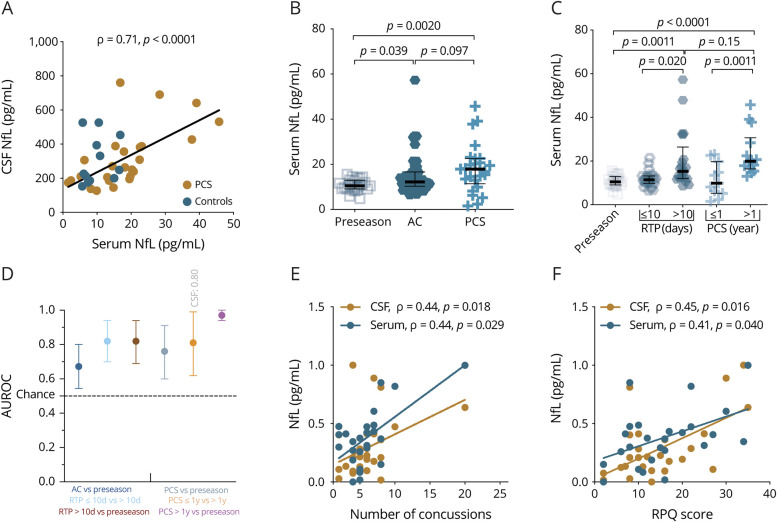Figure 2. Serum NfL shows diagnostic and prognostic utility for both AC and chronic repetitive concussion.
(A) Association between CSF and serum neurofilament light (NfL) obtained from players with postconcussion symptoms (PCS) due to repetitive mild concussion (n = 28) and healthy controls (n = 14). (B) Serum NfL concentrations in players who contributed blood samples during preseason, players with acute concussion (AC), and players with PCS. (C) Serum concentrations in relation to return to play (RTP) and duration of PCS. (D) Individual areas under the receiver operating characteristics curve (AUROCs) (error bars indicate the mean and 95% confidence interval) for how well serum NfL distinguishes players with AC from preseason controls, those with RTP ≥10 days from those with RTP <10 days, those with PCS >1 year from those with PCS ≤1 year, and players with PCS >1 year from preseason controls. (E) Higher concentration of CSF or serum NfL is associated with the number of concussions. (F) NfL increases with symptom severity score. Preseason samples are from professional hockey players who contributed samples during the preseason. The p values are from Kruskal-Wallis test, adjusted for multiple comparisons with the Benjamini-Hochberg procedure. Fitted lines are from the linear regression model (overlaid for visual clarity). The y-axes of plots E and F are normalized for comparison between CSF and serum values. RPQ = Rivermead Post-Concussion Questionnaire.

